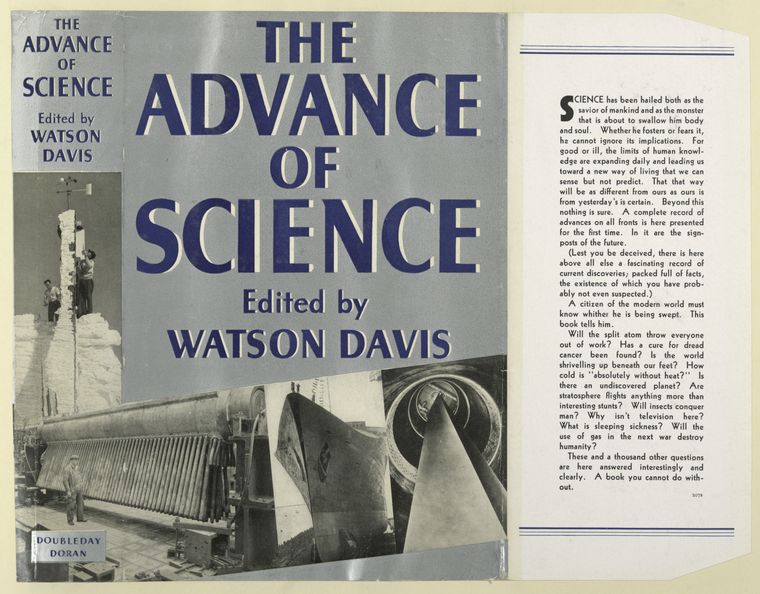Career Services
STEM: Good Jobs Now and for the Future
The U.S. Department of Commerce Economics and Statistics Administration recently released a report, STEM: Good Jobs Now and for the Future (PDF), that profiles U.S. employment in the science, technology, engineering and mathematics (STEM) fields.

The following is the Executive Summary of the report presented by the U.S. Department of Commerce Economics and Statistics Administration.
Science, technology, engineering and mathematics (STEM) workers drive our nation's innovation and competitiveness by generating new ideas, new companies and new industries. However, U.S. businesses frequently voice concerns over the supply and availability of STEM workers. Over the past 10 years, growth in STEM jobs was three times as fast as growth in non-STEM jobs. STEM workers are also less likely to experience joblessness than their non-STEM counterparts. Science, technology, engineering and mathematics workers play a key role in the sustained growth and stability of the U.S. economy, and are a critical component to helping the U.S. win the future.
- In 2010, there were 7.6 million STEM workers in the United States, representing about 1 in 18 workers.
- STEM occupations are projected to grow by 17.0 percent from 2008 to 2018, compared to 9.8 percent growth for non-STEM occupations.
- STEM workers command higher wages, earning 26 percent more than their non-STEM counterparts.
- More than two-thirds of STEM workers have at least a college degree, compared to less than one-third of non-STEM workers.
- STEM degree holders enjoy higher earnings, regardless of whether they work in STEM or non-STEM occupations.
Two Appendix Tables are listed at the end of the report:
Appendix Table 1. Detailed STEM occupations and Standard Occupational Classification (SOC) codes
Appendix Table 2. Detailed STEM undergraduate majors.
These two tables provide important information for students and workers to prepare good jobs now and for the future. However, STEM careers are not for everyone. Please note that business, health care and social science occuaptions and majors are not included in this report. If you are not sure what kind of career to pursue, the Job Search Central blog, Resources for Choosing a Satisfying Career, will help you make an important decision in your career development.
You can learn more about STEM occuaptions and other occuaptions from the Occupational Outlook Handbook 2013, which is a publication of the U.S. Department of Labor.
You can also learn more about this career cluster, Science, Technology, Engineering and Mathematics, from O*NET, the Occupational Information Network, which provides comprehensive information on key attributes and characteristics of workers and occupations, (O*NET is created for the U.S. Department of Labor, Employment and Training Administration by the National Center for O*NET Development).
If you want to learn more about STEM occupations and other occupations, please visit Job Search Central at 188 Madison Avenue and 34th Street.
Read E-Books with SimplyE
 With your library card, it's easier than ever to choose from more than 300,000 e-books on SimplyE, The New York Public Library's free e-reader app. Gain access to digital resources for all ages, including e-books, audiobooks, databases, and more.
With your library card, it's easier than ever to choose from more than 300,000 e-books on SimplyE, The New York Public Library's free e-reader app. Gain access to digital resources for all ages, including e-books, audiobooks, databases, and more.
If you don’t have an NYPL library card, New York State residents can apply for a digital card online or through SimplyE (available on the App Store or Google Play).
Need more help? Read our guide to using SimplyE.
Comments
Staffing Industry Importance
Submitted by Allen (not verified) on November 18, 2016 - 11:18am